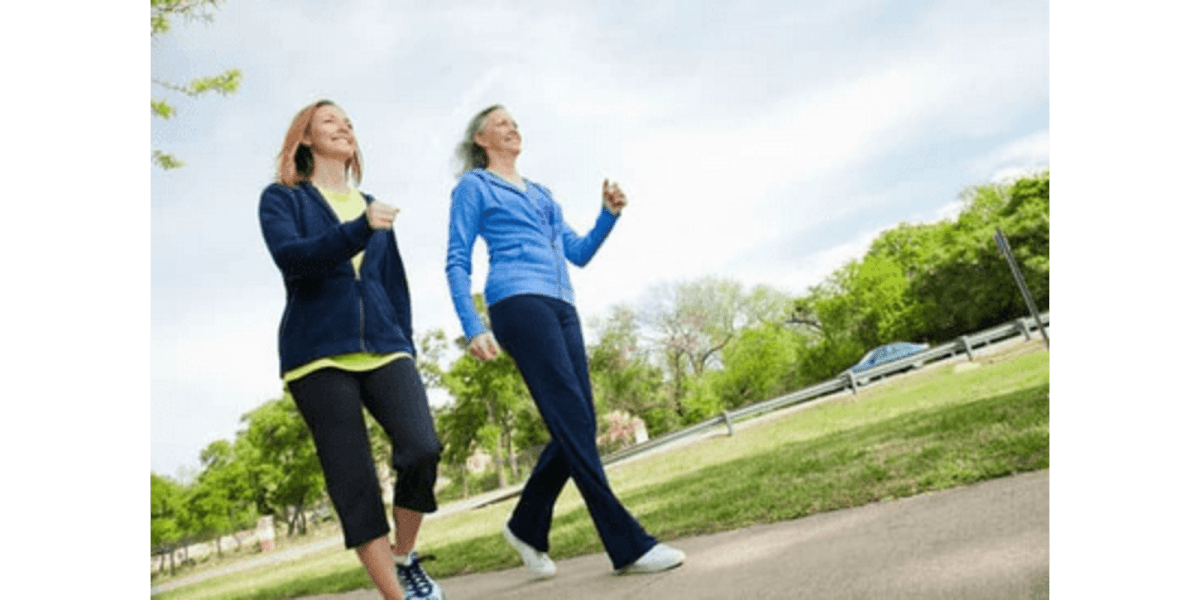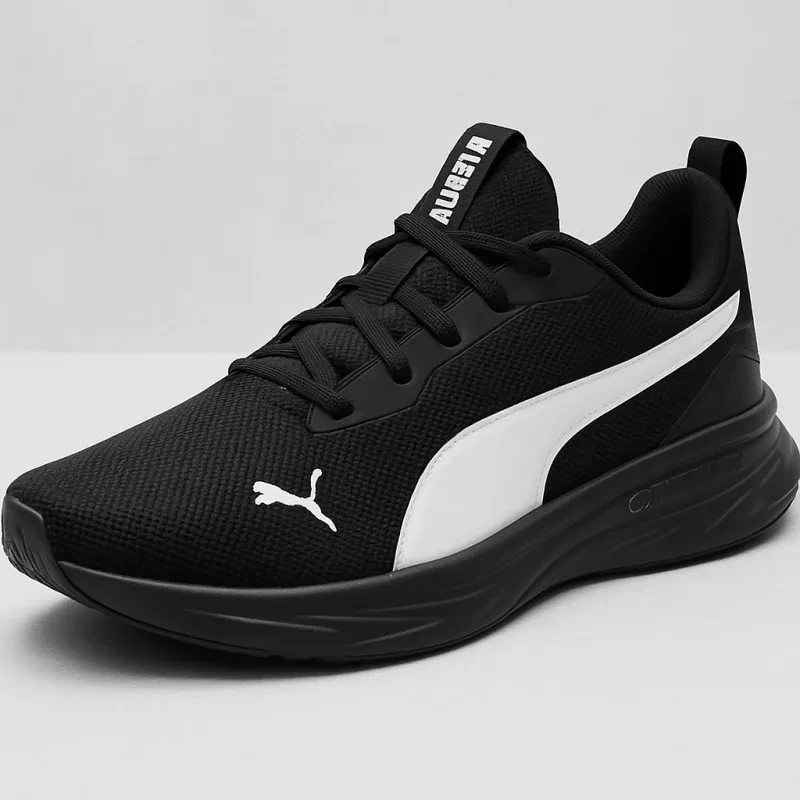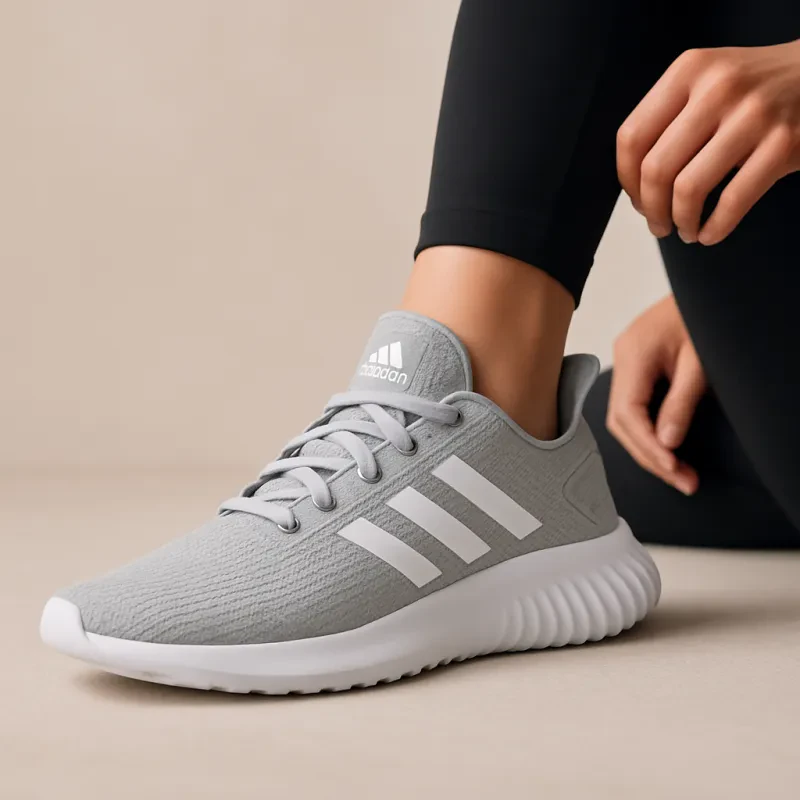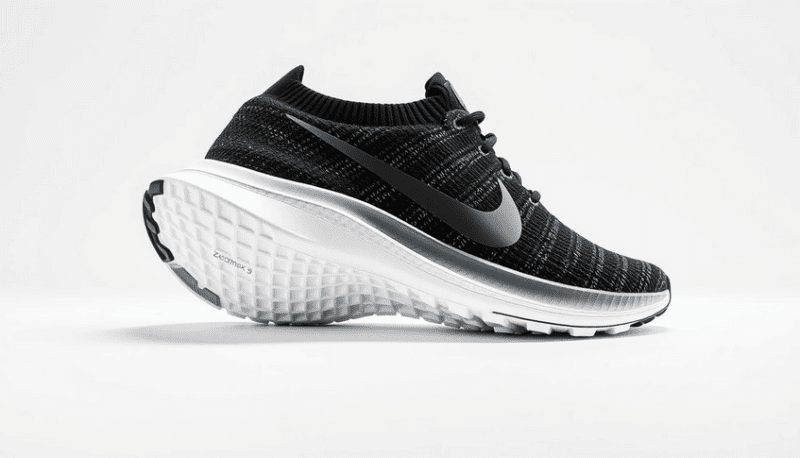You can walk for fitness if you set a schedule and practice briskly. Make a plan, choose the right shoes and gear, and wear a fitness tracker to monitor your progress. Walking for fitness can be very beneficial for your health. Read on for some tips to get started. You can also check out the Walking for Fitness website for more information.
If you are a beginner, walk for 20-30 minutes three to four times a week. Increase the duration of each walk by two to five minutes. Once you are comfortable, drop back to a shorter distance faster. If you have trouble walking faster, improve your walking form first to prevent injury.
Walk at a Brisk Pace
The best way to walk briskly is to set a goal for yourself. You can start by planning when you want to walk and how long you'll take. If you're busy, set a daily goal for how many steps you plan to take. After setting this goal, you'll be more motivated to continue walking.
Walking at a brisk pace helps build bone and muscle mass. It releases endorphins, reduces stress hormones, and eases depression. A study by the University of Mississippi found that walking positively affects people's moods. Those who regularly walk briskly are less likely to have high stress levels and depression. This is especially important for people who are trying to get in shape.
Make a Regular Schedule
You can make a walking routine that is easy on your body and challenging for your mind. Begin by walking for 20 to 30 minutes three to four times a week and slowly increasing your duration. It would help if you were breathing deeply and still able to maintain a conversation. If you cannot sustain a longer walk, you can cut it short by adding two to five minutes weekly. You should increase your walking time to thirty to sixty minutes daily. You can also incorporate strength training exercises.
If you plan on walking outdoors, it's important to dress appropriately for the weather. Dress in layers to keep your body warm and protect your hands and ears from the elements. You can even walk inside your building if the weather outside is bad. Try to keep walking varied, and do a race and brisk walk. During winter, it's advisable to pack your gym bag to get the most out of your walk.
Proper Shoes and Gear
When choosing appropriate footwear and apparel, consider how much activity you plan. Make sure to choose shoes that are supportive and comfortable. Shoes with cushioning, elevated heels, and arch supports are best. Good walking shoes are similar to running shoes. Consult a professional if you are still determining a shoe's exact style and size. A good pair of walking shoes should last for many hours.
Good walking shoes are one of the most important gear for a serious walker. A good pair will prevent painful blisters and injuries. Choosing the right pair can take time, so choose several pairs. If you need more clarification, return it. Also, remember to wear socks and a light jacket. Walking can be a great way to get in shape! If you have problems with blisters, consider investing in a pair of walking socks.
Wear a Fitness Tracker
While a fitness tracker has many benefits, they don't necessarily work as well as other methods. One meta-study found that wearers don't encourage kids or adolescents to get more active, and they didn't make people lose weight as well as those who tracked their diet and activity. But a fitness tracker can help you understand your body better. For example, it measures sleep patterns and heart rate.
Many people wear fitness trackers as a way to motivate themselves. However, they can lead to obsessing over numbers and their feelings associated with exercise. The problem is that people can become addicted to their trackers, affecting their motivation to exercise. They may decide not to exercise if they don't meet their fitness goal. As a result, they may begin to disregard their body's cues and quit their exercise regimen altogether.
Walk With A Group
Before you begin your Walk With A Group fitness program, you should decide on the meeting frequency and distance. Decide whether you want to meet on different days of the week or a certain day, depending on your schedule and fitness level. Once you have decided on a regular schedule, you should decide how to communicate with group members. Set up a phone tree or email list to keep members up-to-date.
Another benefit of walking with a group is that it can be challenging and rewarding and make your exercise habit more effective. Walking alone is easy on a sunny day but challenging on a chilly one. Walking with a group can set a faster pace and get more exercise done in less time. Lastly, you won't have to worry about where to walk because everyone knows where to go and when to meet.
DISCLAIMER
The information contained on Save on Sneaks and our related pages is provided for entertainment and informational purposes only. It is not intended as a substitute for the advice of or treatment that may be prescribed by your physician or other health care provider.
Understand that you are solely responsible for the way this information is perceived and utilized, and do so at your own risk. In no way will Save on Sneaks be responsible for injuries or other problems that might occur due to the use of this website or any actions taken based on the content of this website. Save on Sneaks will not be held responsible for the conduct of any companies and web sites recommended within this site.
Before adhering to any of the information or recommendations or undertaking any exercise program or diet regimen, you should consult your physician.





